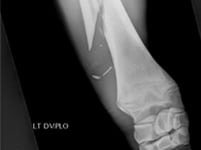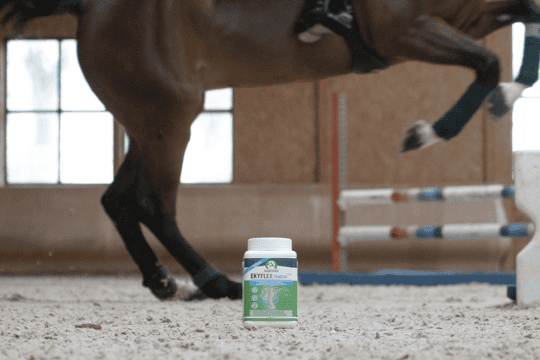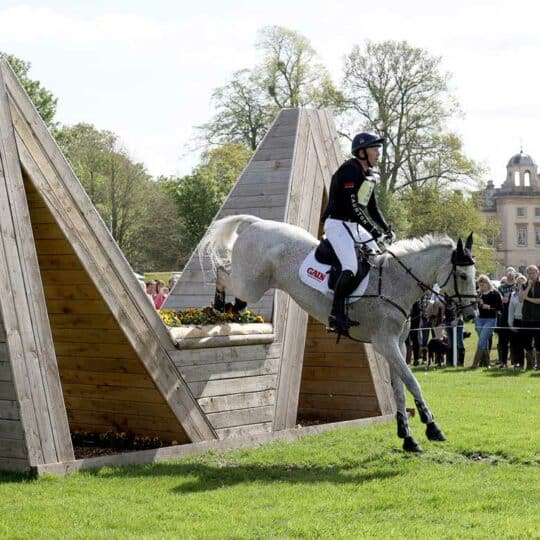Fractures in horses are traditionally thought of as being disastrous, but these days, most cases of broken legs can be treated.

If your horse is suddenly so lame he is non-weightbearing and has swelling, a wound or his leg is at an odd angle,
he could have a fracture. If he is turned out with other horses and has these symptoms, a fracture should always be considered, as kicks are a common cause. Find out all you need to know about equine fractures, the treatment and the prognosis in the November issue of Horse&Rider.
Most equine fractures involve the bones of the lower limb. This is because horses are designed for speed, which means they have very skinny, lightweight limbs moved by big, powerful muscles in their shoulders and hindquarters. The bones in the lower limbs, therefore, have very little soft tissue to protect them from impact.
Bone takes between six and 10 weeks to heal, but it must be immobilised to do so. Therefore, the main aim of fracture treatment is to try to stabilise the break, and keep the horse rested and still for the entire healing process. There are many ways to stabilise a fracture, depending on the area and the type of fracture.
For simple and incomplete fractures, bandaging, casts and splints can provide adequate stability to allow the fracture to heal. With complete and displaced fractures, it is usually necessary to operate to realign and stabilise the bones, which will allow the horse to bear weight on the affected limb. One of the big risks of surgery on these patients is their induction (knock-down) and their recovery, as we don’t want them falling awkwardly and exacerbating the fracture, or putting too much pressure on the newly-stabilised fracture and breaking the implant. Unfortunately, we can’t ask horses to lie down gently so we make sure the leg is fully supported with splints and bandages, and that induction and recovery are as gentle as possible.
Most hospitals use padded rooms with non-slip floors and for induction will have the horse gently held behind a door or pushed up against a wall to allow us to guide them as they sink down. For their recovery, we usually tie ropes to the head and the tail to help steady them as they get up. Some hospitals in Europe and the US have specially-designed pools or slings to suspend the horse for its recovery, so as not to put any weight on the fractured limb until the horse is fully awake.















